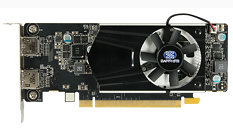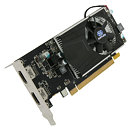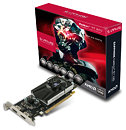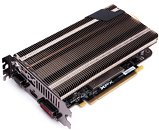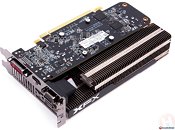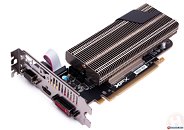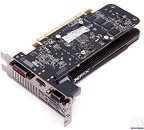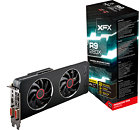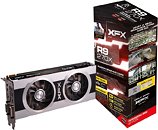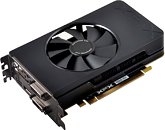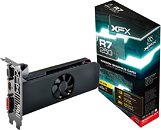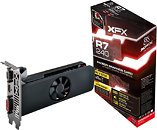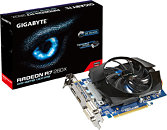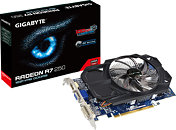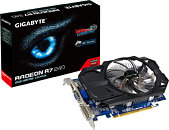
AMD FX-670K CPU Shows Up in the Wild
Tipsters pointed us to a peculiar sounding new processor by AMD in the wild, and being distributed by certain OEMs, such as HP. Called AMD FX-670K, the chip is being sold by HP, pre-installed on its Pavilion 500-266ea desktops. Some digging around on specifications available point us to a chip that's essentially "Richland" APU with its integrated GPU disabled. So while it will run on socket FM2 motherboards, you'll have to use graphics cards. "Richland" integrates a dual-module / quad-core CPU component based on AMD's "Piledriver" micro-architecture. The FX-670K features CPU clock speeds of up to 3.70 GHz. So why did AMD choose the FX branding and not Athlon X4, like it usually does with iGPU-devoid APUs? Perhaps the "K" brand extension holds the answer. The FX-670K features an unlocked base-clock multiplier. The HP Pavilion 500-266ea features a socket FM2 motherboard based on the AMD A75 chipset, and discrete AMD Radeon R7 240 graphics. It's priced at CA $650.


